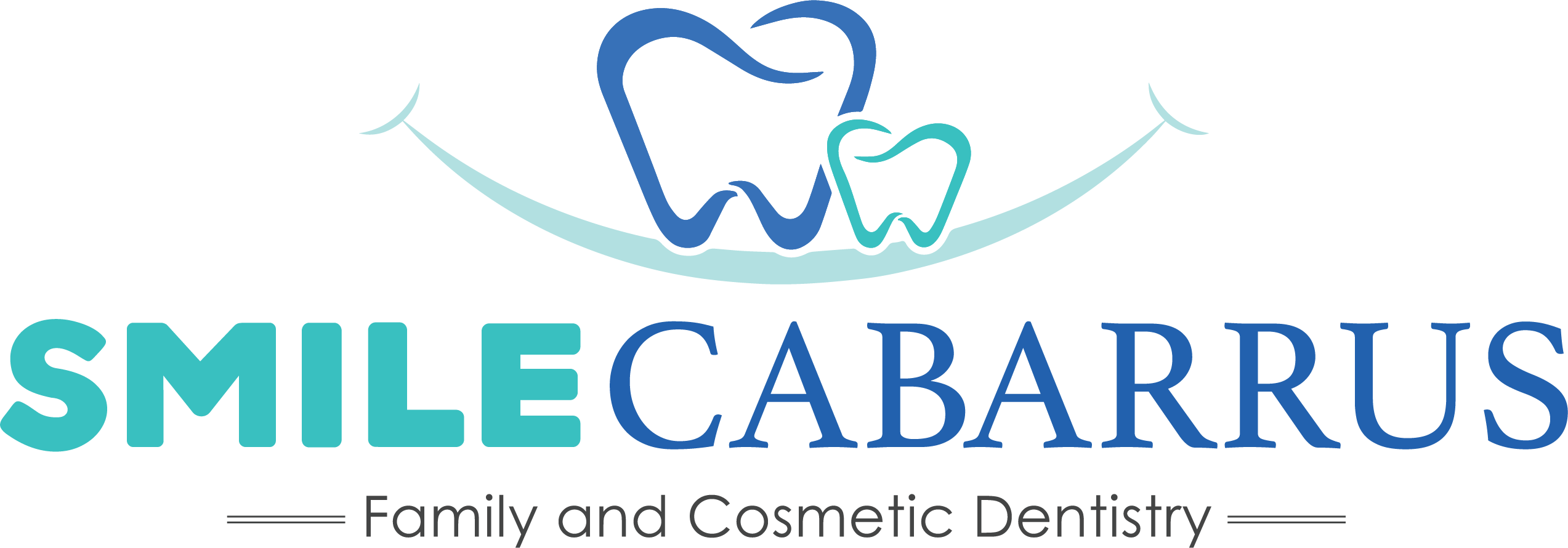Sleep Apnea Therapy
At Smile Cabarrus Family Dentistry, we understand the significant impact that sleep apnea can have on your health and well-being. This common sleep disorder, characterized by repeated interruptions in breathing during sleep, can lead to a host of issues, including daytime fatigue, high blood pressure, and increased risk of heart problems. Our team is committed to providing effective solutions to manage sleep apnea, employing the latest in dental technology and personalized treatment plans to ensure you achieve restful sleep and improve your overall quality of life. Let us help you breathe easier and sleep better.
Or Call: 704-455-3333

